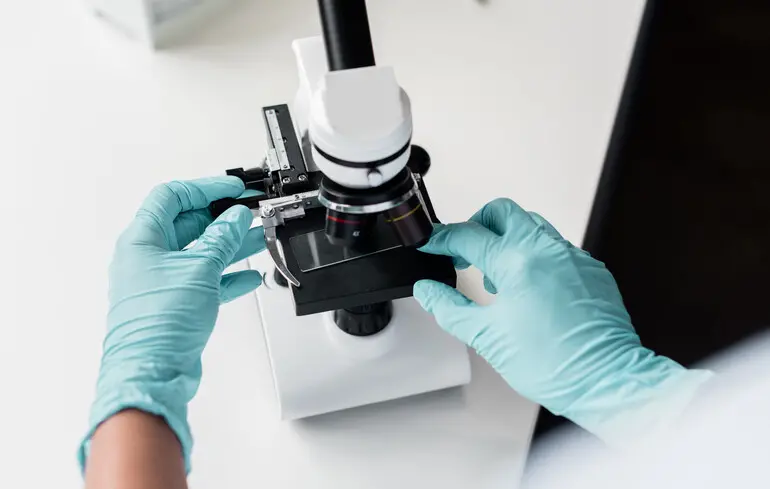Revolution in Chemistry: Scientists Create Anti-Bredt Olefins, Challenging a Centenary Rule

For over a hundred years, chemists believed that the so-called rule of Bredt was an unbreakable principle that forbade the existence of double bonds in certain small ring structures.
Formulated by German chemist Julius Bredt in 1924, this rule claimed that placing a double bond at the bridgehead position in small cyclic molecules was impossible due to excessive strain leading to rapid breakdown.
This concept became entrenched in textbooks and scientific consensus, shaping generations of chemical education.
However, a groundbreaking study by a team led by Professor Neil Garg at the University of California, Los Angeles, has demonstrated that these so-called anti-Bredt olefins can indeed exist, opening new pathways in chemical synthesis.
Using an innovative chemical relay involving fluoride ions, researchers managed to temporarily create a forbidden double bond, which then reacted swiftly with other molecules to form a stable compound.
This approach allowed scientists to bypass the previously presumed impossibility, producing these elusive molecules in laboratory conditions.
The implications are profound, especially for pharmaceuticals where three-dimensional molecular structures are crucial for biological interactions.
The discovery prompts a reevaluation of established chemical doctrines and paves the way for designing novel drugs with complex architectures.
Moreover, this breakthrough challenges educators to revise curriculum materials, emphasizing that even the most fundamental rules in science can be transcended with ingenuity and perseverance.

